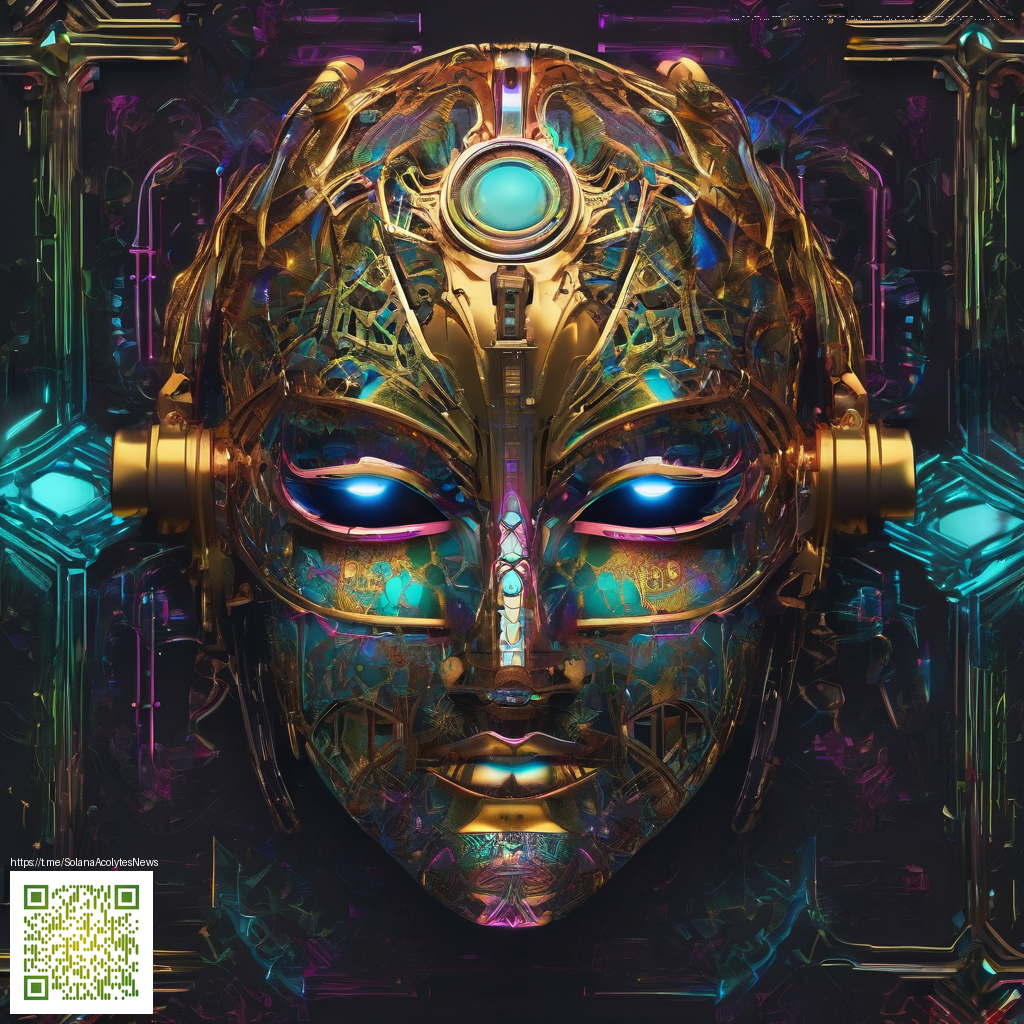
Texture Mapping for Realistic Digital Paper Looks
Digital paper is one of those materials that looks deceptively simple at first glance—flat, clean, and white—until you study how light interacts with its surface. Achieving realistic digital paper looks starts with texture mapping: a set of techniques that translate real-world surface detail into the virtual realm. The goal isn’t just to color a sheet; it’s to recreate microfibers, subtle grain, edge wear, and the way light diffuses across delicate fibers. When done well, your renders can evoke the same tactile sense you feel when you tilt a sheet in the light or bend a page slightly to admire the texture beneath it.
Texture is not only what you see, but how light manifests through a surface. Small micro-details carry the heft of realism.
To capture that depth, you’ll rely on a suite of texture maps and thoughtful UV work. The key is to balance fidelity with performance, ensuring that the texture reads correctly across different lighting setups and output sizes. In practice, this means stacking multiple layers of detail that work together to fool the eye: a convincing base color, microgeometry, and light interaction tuned to the material’s character.
Key Concepts in Texture Mapping for Paper
- Diffuse (Albedo) map: establishes the base tone and the visible fiber pattern. For paper, you want a high-resolution pattern that reveals subtle grain rather than bold repetition.
- Normal or bump map: encodes tiny surface variations that create tactile texture under light; this is where you simulate the fine ridges and valleys of the paper’s surface.
- Roughness map: controls how shiny or matte the surface appears. Paper is typically quite diffuse, but the roughness map helps you capture the micro-roughness of a freshly printed sheet or a handmade one.
- Displacement or height map: adds actual depth to folds, curled edges, or embossed patterns. Subtle displacement can dramatically enhance realism when the camera closes in.
- Specular and anisotropy considerations: light can reflect differently along fiber directions. Accounting for this anisotropy gives you more authentic highlights, especially on specialty papers.
As you assemble these maps, think about the natural variations inherent to real paper: the way ink sits on fibers, the slight translucency near the edges, and the soft glow that comes from diffused light. These details aren’t magic tricks; they’re deliberate choices about how you bake texture into the material so it behaves predictably under diverse lighting.
Practical Workflow: From Reference to Render
- Gather references from real paper textures and, if possible, textured surfaces like a desk mat or notebook. This helps you identify fiber direction, grain density, and edge wear patterns. If you’re curating a tactile reference library, you could study a product such as Neon Desk Neoprene Mouse Pad 4mm Non-Slip for insight into microtexture behavior in non-paper materials. Learn more here: Neon Desk Neoprene Mouse Pad 4mm Non-Slip.
- Paint the base color with a high-res diffuse map that captures the subtle off-white tones and any coloration from lighting or aging.
- Generate a normal map to simulate micro-geometry; this is where you’ll model the delicate fiber ridges or surface texture without increasing polygon count.
- Create a roughness map to control how light scatters across the surface. Paper can range from powdery to slightly glossy depending on coating or finish.
- Add a displacement map if needed for folds, curl, or embossed motifs. This adds believable depth when the camera penetrates close to the surface.
- Fine-tune UVs so the texture tiles without breaking up or stretching unnaturally. A well-laid UV map keeps the grain consistent across edges and corners.
- Render and adjust with lighting that mimics ambient office light or a controlled studio environment. Small changes in light direction or color temperature can reveal weaknesses in your maps that weren’t visible before.
In a real-world production, you might blend these maps in a node-based workflow to preserve the natural randomness of paper while maintaining clean readability for text and ink. The result is a digital surface that feels honest and inviting, whether it’s used for book layouts, packaging previews, or UI mockups.
Tips for Presentation and Consistency
- Use uniform lighting across scenes to compare textures reliably. A single lighting setup helps you see true surface behavior without distraction.
- Avoid over-sharpening; tissue-like materials lose their realism when edges become too crisp. Subtle softness often reads as authenticity.
- Include close-up shots that reveal the texture maps in action, alongside full-view renders to show how details scale with distance.
- Document your workflow choices, especially the texture map resolutions and tiling settings, so teammates can reproduce or iterate efficiently.
If you’re exploring a digital paper aesthetic for a project, remember that texture mapping is a partnership between art and engineering. It’s not only about making something look pretty; it’s about ensuring the material responds to light in believable ways, which elevates the entire composition.